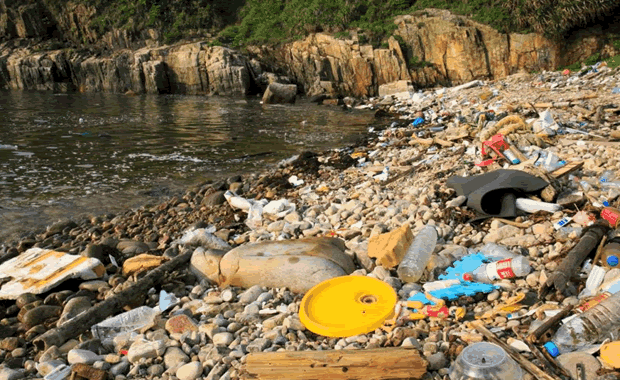Creature Profile
The southern acornshell is a small mussel originally found in the Coosa and Conasauga Rivers of Georgia, Alabama, and Tennessee. The last specimen was collected in 1974, and according to recent surveys, the species may be extinct. The size of the mussel reaches about 1.2 inches in length, and it has a round to oval shape. Female mussels possess a distinctive, swollen posterior ridge, allowing the differentiation between males and females. The outer shell is shiny, smooth and yellow in appearance.
Southern acornshells are freshwater mussels and can only thrive in large creeks and small rivers with rock and gravel substrate. Young mussels are born as "glochidia" (larvae) until they undergo metamorphosis into mussels. As larvae, they develop by attaching themselves to fishes for a short life as parasites. The process is further complicated because not only do the glochidia have to find a fish, but it has to be one of several fish species for the life cycle to continue. The main host fish of this species is unknown. As mussels, they attach themselves to the river floors and feed on plankton and detritus that they are able to filter from the water using specialized regions of their shells. The water is filtered over the gills and the food particles become trapped and eventually digested. Males release sperm into the water when the current is strong enough, allowing the sperm to travel and reach the eggs inside the shells of females. The fertilized eggs then develop into glochidia and grow inside the shell of the female until released into the water. In order to completely develop as mussels the larvae must find the host fish and attach themselves to its gills.
The southern acornshell has a very limited range of occurrence, and like many other mussels, its numbers have declined due to loss of suitable habitat and sedimentation or pollution of the water.
January 1, 2006
Glenn, C. R. 2006. "Earth's Endangered Creatures - Southern Acornshell Facts" (Online). Accessed 4/24/2024 at http://earthsendangered.com/profile.asp?sp=519&ID=9.
Need more Southern Acornshell facts?




